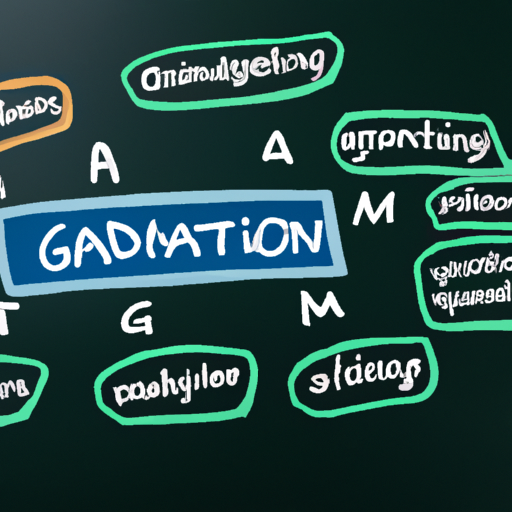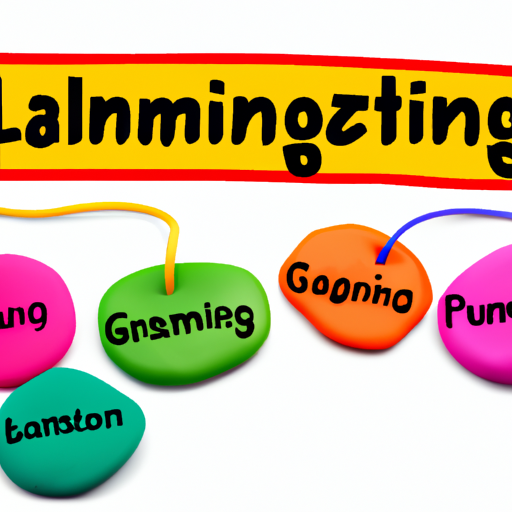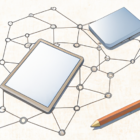As technology continues to evolve, so does the way we educate our students. One of the most exciting trends in modern education is gamification, a strategy that incorporates game-like elements into learning environments to enhance student engagement and improve learning outcomes.
What is Gamification?
Gamification involves applying game design principles in non-game contexts, such as classrooms or training environments. This approach transforms traditional educational materials into interactive experiences through elements like point scoring, leaderboards, and achievements.
The Benefits of Gamification in Education
- Increased Engagement: Gamification makes learning more enjoyable, encouraging students to participate actively.
- Improved Retention: Interactive and competitive elements help students retain information more effectively.
- Personalized Learning: Gamified platforms often allow for adaptive learning paths based on a student’s performance.
- Instant Feedback: Students receive immediate feedback on their progress, promoting motivation and a growth mindset.
Examples of Gamification in Educational Settings
Many educational institutions are successfully implementing gamification strategies. Here are a few notable examples:
- Kahoot!: This interactive quiz platform allows teachers to create quizzes that students can compete in, fostering a fun learning environment.
- Classcraft: An educational role-playing game that transforms classroom management into a collaborative team experience.
- Duolingo: This language learning app uses gamification by incorporating rewards, levels, and challenges to keep users engaged.
Future Prospects
As the educational landscape continues to shift, the importance of gamification is likely to grow. Educators are recognizing the need to connect with students in ways that resonate with their interests and experiences. By harnessing the power of gamification, we can create more dynamic, engaging, and effective learning environments.






